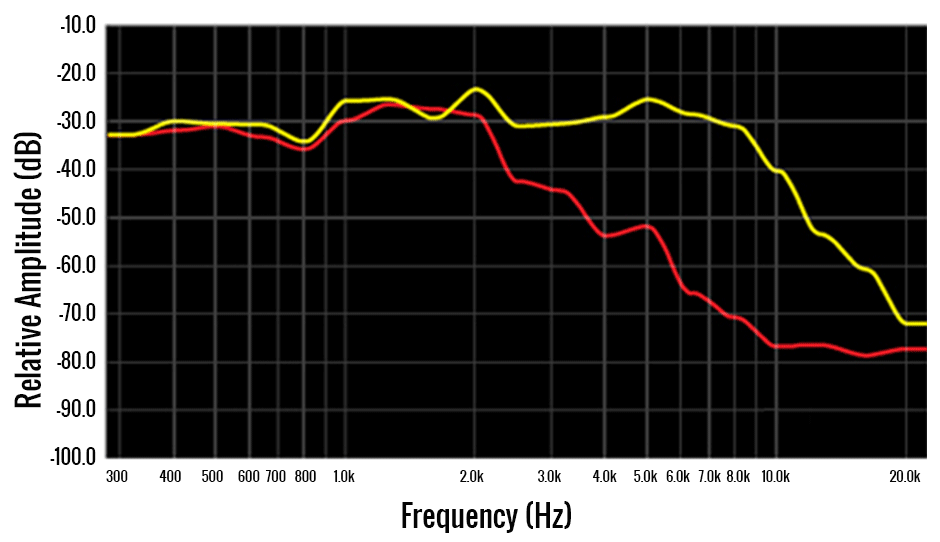When is it Time to Change Strings?
How to stave off "tone death" with Elixir ® Strings
A string is "dead" when it no longer exhibits the intensity of frequencies it had when it was new. When you pluck a new string, you can hear the high-frequency harmonics that makes an instrument's tone vibrant.

"LIVE" STRING: In this audio file of an Elixir String, you can recognize the brilliant tone you associate with a fresh set of strings. Complex overtones of high-frequency harmonics allow for a full, rich, and desirable sound.
"DEAD" STRING: In a remarkably short time, uncoated strings will succumb to dirt and corrosion, and will lose the vibrancy you enjoyed when the strings were new. They can no longer vibrate as freely, and your tone will suffer.
There are many tell-tale signs that an uncoated string has died. Before you even play your instrument, you’ll see that the string has become discolored due to corrosion and accumulation of debris in the windings. But listening to the instrument’s tone is the most important test. Looking at the graph above and listening to the accompanying audio examples, you can see and hear how the new string offers complex overtones, while the frequency intensity on a dead string is lessened, leaving you with a lifeless sound.
You could prevent this by changing strings after every playing session, but that solution is both time consuming and costly. Or, you can put on a set of Elixir Strings. Players report with Elixir Strings their tone lasts longer than any other string, uncoated or coated.